่มจากเรื่อเริงราวเล่าเรื่องที่มีความสนุกสำหรับเด็กที่อยากจะเรียนภาษาอังกฤษ โดยใช้ภาพและเรื่องราวที่ชัดเจนและน่าสน เพื่อช่วยเด็กในการจับตามหาคำศัพท์และหลักความรู้ของภาษาอังกฤษอย่างง่ายและเหมาะสมกับอายุของพวกเขา นี่เป็นเรื่องราวที่บรรจุด้วยความตั้งใจและความสนุกสำหรับเด็กที่อยากจะเรียนภาษาใหม่และมีโอกาสที่จะเข้าใจและใช้ภาษาอังกฤษได้ดียอด
แนะนำร้านหนังสือ
สำหรับเด็กอายุ 6-7 ปี
เนื้อหา:– “Good morning, kids! Today, we are going to learn about the different seasons and what we can do in each season. Let’s start with spring.”- “In spring, the weather is warm and sunny. The flowers start to bloom and the trees get their green leaves. Do you know what animals come out during spring?”- “Yes! Birds, butterflies, and even baby animals like bunnies and lambs are born.”- “Spring is the perfect time for playing outside. We can go for walks, ride our bikes, and plant some flowers in the garden.”- “Now, let’s move on to summer. In summer, it gets very hot. The sun is shining bright, and the days are long. What do we do in summer?”- “We can go swimming in a pool or the ocean, have picnics in the park, and eat ice cream. It’s also the time for summer holidays and going on vacation.”- “Next, we have autumn. The weather starts to get cooler, and the leaves change color. It’s a beautiful season. What do we like to do in autumn?”- “We love to collect leaves, go apple picking, and build leaf piles to jump in. Autumn is also a good time for pumpkin carving and spooky Halloween parties.”- “Finally, we have winter. In winter, it’s very cold and snowy. The trees are bare, and we might even get to see some snowflakes. How do we spend our time in winter?”- “We can build snowmen, have snowball fights, and go sledding. Winter is also the time for cozy fires, warm blankets, and enjoying the holiday season with family and friends.”- “So, kids, remember that each season has its own special things to do and enjoy. Let’s have fun and learn about them together!”
กิจกรรม:– ให้เด็กเขียนตัวอักษรที่แสดงฤดูกาลต่างๆ และวาดภาพที่เกี่ยวข้องกับฤดูกาลนั้น- จัดการเล่นเกมตอบคำถามเกี่ยวกับฤดูกาลและสิ่งที่ทำในแต่ละฤดู- นำเด็กไปเล่นในระยะเวลาที่เหมาะสมในแต่ละฤดู (หากเป็นไปได้)

Good morning, kids! Today, we’re going to the bookstore. Do you know what a bookstore is?
บทสนทนาเกี่ยวกับการซื้อของในร้านขายหนังสือในภาษาอังกฤษ
หน้า 1: แนะนำร้านหนังสือ– คนที่ 1: “Good morning, kids! Today, we’re going to the bookstore. Do you know what a bookstore is?”- คนที่ 2: “Yes! A bookstore is a place where we can buy books.”- คนที่ 1: “Exactly! Let’s go and find some wonderful books.”
หน้า 2: ชมหนังสือ– คนที่ 1: “Look at all these books! There are so many different ones. Can you see any books you like?”- คนที่ 2: “Yes! I see a book about animals. It has lots of pictures.”- คนที่ 1: “That sounds interesting! Let’s take a look at it.”
หน้า 3: ตัดสินใจซื้อหนังสือ– คนที่ 1: “Do you want to buy this book? It can be your own.”- คนที่ 2: “Yes, I want it! How much does it cost?”- คนที่ 1: “Let’s ask the shopkeeper. ‘How much is this book, please?’”
หน้า 4: ชำระเงิน– คนที่ 1: “The shopkeeper says it costs 10 dollars. Do you have 10 dollars?”- คนที่ 2: “Yes, I have 10 dollars! I can buy it.”- คนที่ 1: “Great! Now, let’s give the money to the shopkeeper.”
หน้า 5: ได้หนังสือ– คนที่ 1: “Here you go! Enjoy your new book.”- คนที่ 2: “Thank you! I’m so happy. I’m going to read it now.”- คนที่ 1: “That’s the spirit! Reading is a wonderful thing.”
หน้า 6: สรุป– คนที่ 1: “Today, we learned how to buy books at the bookstore. We talked about what a bookstore is, how to find books we like, and how to pay for them.”- คนที่ 2: “It was fun! I can’t wait to go to the bookstore again.”- คนที่ 1: “Me too! Let’s keep learning new things.”
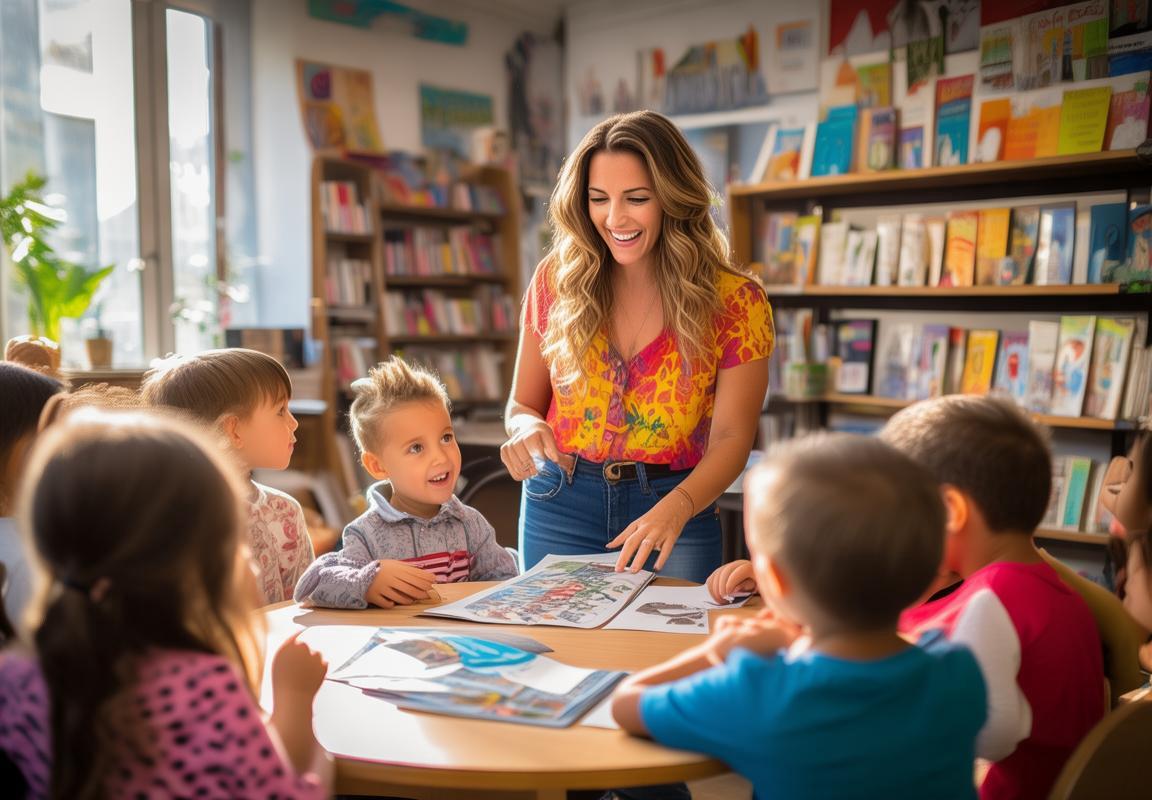
Yes! A bookstore is a place where we can buy books
Yes! A bookstore is a place where we can buy books. It’s like a magical world where every corner has a new story waiting to be discovered. Imagine walking through the aisles and finding books on our favorite topics, like animals, adventure, or even magic! Books are our friends that we can read anytime, anywhere. They take us on journeys and teach us new things. So, the next time you see a bookstore, remember it’s a place full of wonders just waiting for you to explore!

Exactly! Let’s go and find some wonderful books
Sure, here’s a detailed description in Thai:
“เราจะไปหาหนังสือที่น่าอุปโมท! มีหนังสือเกี่ยวกับสัตว์, หนังสือเกี่ยวกับประวัติ, หรืออาจเป็นหนังสือเกี่ยวกับอากาศอาศัยเลยที่? ใครเล็กที่สุดจะช่วยกันเลือกหนังสือที่เราชอบมากที่สุด แล้วจะไปขอคำแนะนำจากพนักงานร้านหนังสือเลยทางไป! พวกเราจะพูดว่า ‘Can you show me the book about animals, please?’ หรือ ‘Do you have a book about space, please?’ พนักงานร้านหนังสือจะช่วยเหลือเราหาหนังสือที่เราต้องการ แล้วเราจะเลือกหนังสือที่เราอยากจะอ่านได้. หลังจากที่เราเลือกหนังสือที่เราชอบแล้ว พวกเราจะไปขอคำแนะนำราคาของหนังสือ ‘How much is this book?’ พนักงานร้านหนังสือจะบอกเราราคาของหนังสือ แล้วเราจะนำเงินมาแจกเขา ‘Here is my money’ พนักงานร้านหนังสือจะเฝ้าระวังเงินของเรา แล้วเราจะได้หนังสือที่เราต้องการ พวกเราจะพูดว่า ‘Thank you’ และ ‘I love this book’ หรือ ‘This book is so beautiful’ แล้วเราจะไปอ่านหนังสือที่เราเลือกไปแล้ว!”
This description includes a variety of interactive elements such as choosing books, asking for help, paying for the books, and expressing feelings about the books, which can make the learning experience more engaging for children.

ชมหนังสือ
เมื่อเราเข้าไปในร้านหนังสือ มีหลายหนังสือที่มีสีสันเหมือนกัน และมีภาพที่น่าสนใจอยู่ทั่วไป คุณเห็นหนังสือเกี่ยวกับสัตว์น้ำหรือไม่? มีหนังสือเกี่ยวกับนกที่ได้มายังสวนสาธารณะหรือไม่? หนังสือเหล่านี้สวยมากเลย! ฉันเลือกหนังสือเกี่ยวกับสัตว์น้ำก็ได้เลย มีภาพของปลาที่สวย และมีความรู้เกี่ยวกับสัตว์น้ำที่มากมาย คุณเห็นหนังสือเกี่ยวกับสัตว์น้ำนี้ดีมากเลย ฉันจะเอามันมาเอง มีมันหรือไม่? ให้มากับฉัน มันจะเป็นหนังสือที่ฉันชอบมาก และฉันจะมอบมันให้คุณดูด้วยเอง มีมันหรือไม่? ฉันรู้ว่าคุณก็จะชอบมันมากเช่นกัน ให้มากับฉันเลย!
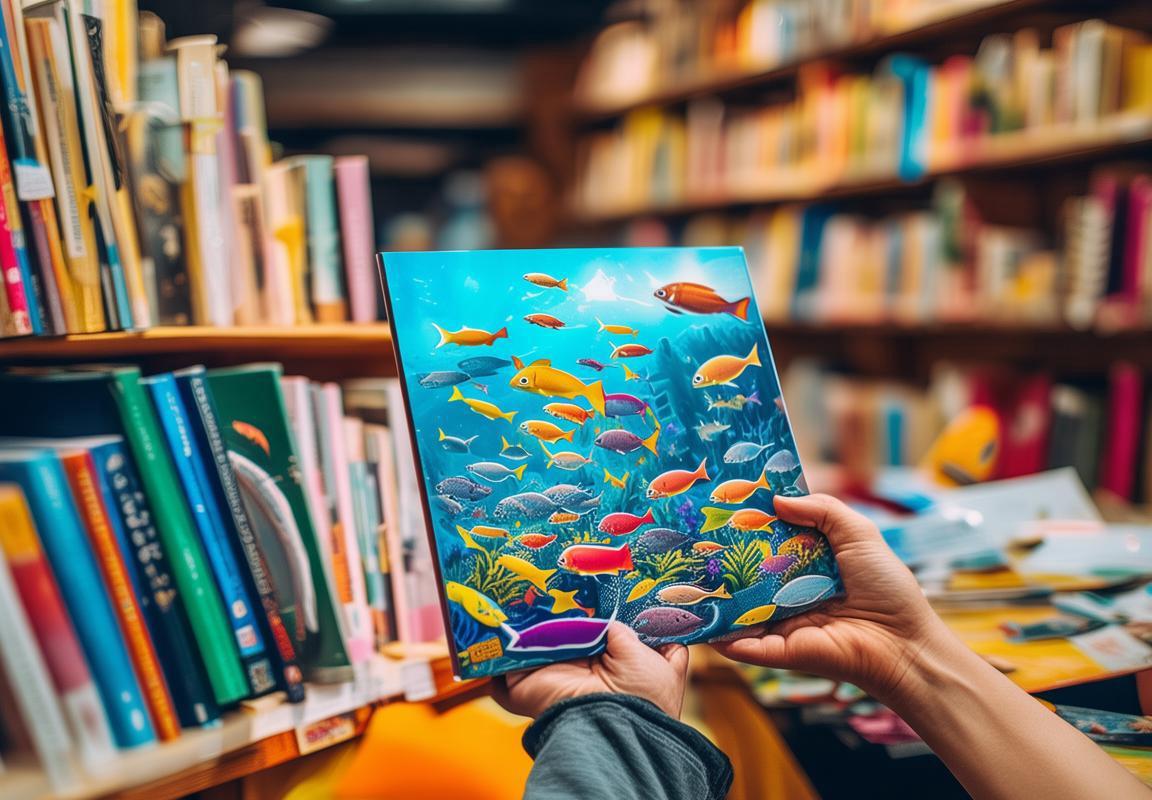
Look at all these books! There are so many different ones. Can you see any books you like?
Look at all these books! There are so many different ones. Red ones, blue ones, even some with pictures of animals. Can you see any books you like? Maybe a book with a story about a cat or a dog? Or maybe one that has funny pictures? Let’s go and find some wonderful books that you will love to read.

Yes! I see a book about animals. It has lots of pictures
Yes! I see a book about animals. It has lots of pictures. Look at the lion with the mane. Isn’t he beautiful? And there’s a giraffe, so tall and graceful. Oh, and there’s a turtle, swimming in the water. The colors are so vibrant! I love this book. Do you want to read it with me?
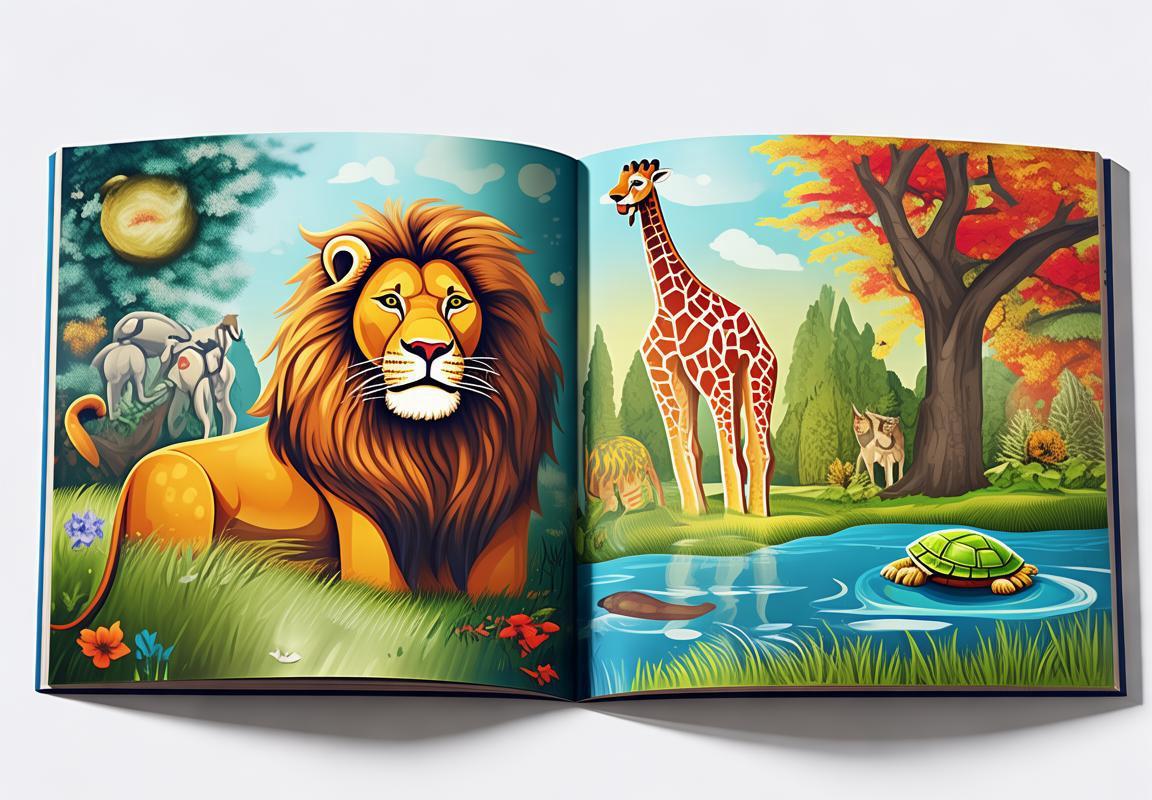
That sounds interesting! Let’s take a look at it
สิ่งที่เด็กชอบเห็นหลังจากวิ่งวางเท้าตามหนังสือที่มีรูปภาพของสัตว์น้ำนั้นเป็นหนังสือที่มีชื่อว่า “The Magic Ocean”. คนที่ 1 ยังคงหยอดหนังสือออกมาและแสดงให้เห็นส่วนหนึ่งของเนื้อหา:
-
คนที่ 1: “Look, there’s a picture of a dolphin jumping out of the water! Isn’t that cool?”
-
คนที่ 2: “Yes, it is! Dolphins are so amazing. They can swim really fast.”
-
คนที่ 1: “Let’s read this page together. ‘The dolphin jumps high into the air. Can you see the splash?’”
-
คนที่ 2: “Yes, I can! The water splashes everywhere. It’s like a rainbow!”
-
คนที่ 1: “And then, the dolphin dives back into the ocean. Look at the fish swimming around it. They’re so colorful!”
-
คนที่ 2: “Wow, the ocean is full of life. I want to go there one day.”
-
คนที่ 1: “Me too! Maybe we can visit an aquarium and see real dolphins. Do you like reading books about animals?”
-
คนที่ 2: “Yes, I love it! It makes me feel like I’m on an adventure.”
-
คนที่ 1: “That’s the spirit! Reading is a great way to learn about the world around us.”
-
คนที่ 2: “Let’s keep reading. Maybe we’ll find another interesting page about the ocean.”
-
คนที่ 1: “I’m sure we will. The Magic Ocean is full of wonders!”
-
คนที่ 2: “I can’t wait to see what’s next. This book is so fun!”
-
คนที่ 1: “Me too. Let’s keep exploring the pages together.”
-
คนที่ 2: “Yes, let’s! Reading together is the best adventure of all.”

ตัดสินใจซื้อหนังสือ
- คนที่ 1: “Do you like this book? It’s about a cat learning English. Look at the pictures, they are so cute!”
- คนที่ 2: “Yes, I love it! The cat looks so happy. What is the cat’s name?”
- คนที่ 1: “Her name is Whiskers. She is learning to say ‘hello’ in English.”
- คนที่ 2: “That’s amazing! I want to read this book too. Can I take it home?”
- คนที่ 1: “Of course! But first, let’s see if it costs more than your money. How much do you have?”
- คนที่ 2: “I have 5 dollars. Is it more than that?”
- คนที่ 1: “Let’s ask the shopkeeper. ‘How much is this book, please?’”
- คนที่ 2: “Yes, please ask. I’m waiting to hear the price.”
- คนที่ 1: “The shopkeeper says it costs 4 dollars. That’s good news!”
- คนที่ 2: “Yes, I can buy it! I have enough money.”
- คนที่ 1: “Great! Now, let’s give the money to the shopkeeper and take the book home.”
- คนที่ 2: “Yes, I’m so excited! I can’t wait to read Whiskers’ adventures.”
- คนที่ 1: “Me too! Reading is a wonderful way to learn new things. Well done for making a good choice!”
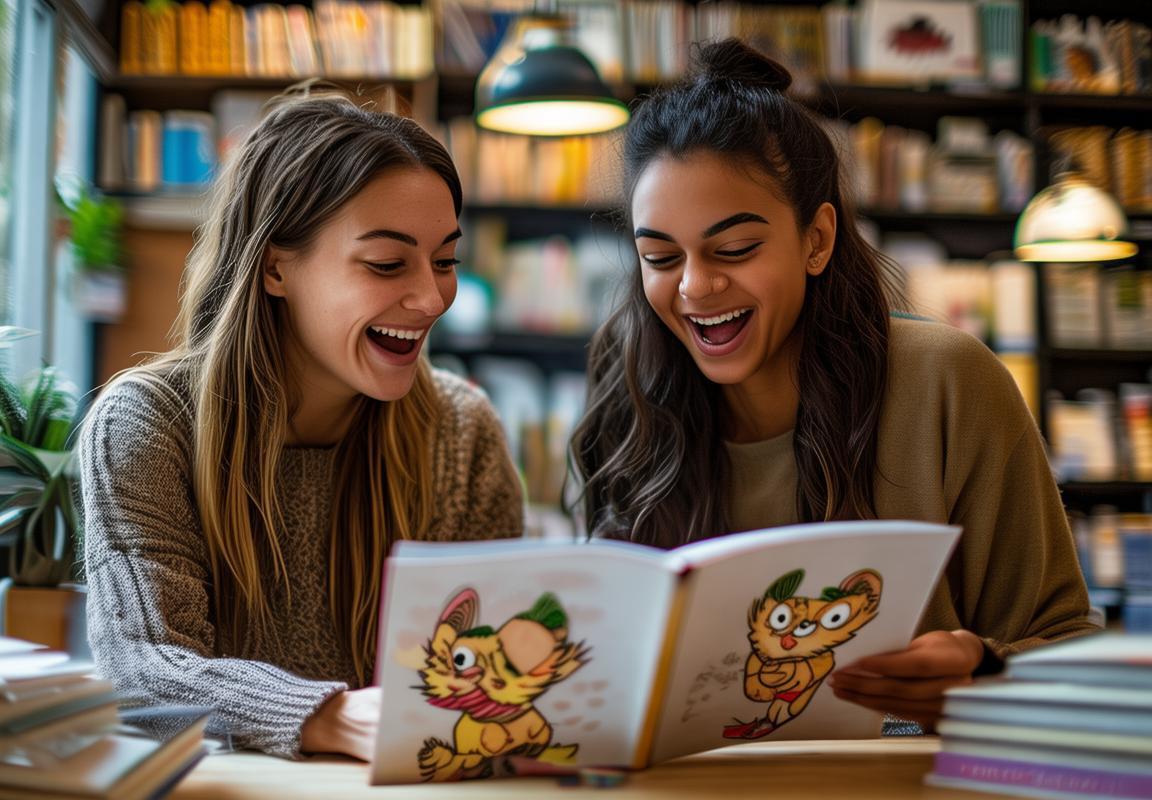
Do you want to buy this book? It can be your own
คุณอยากซื้อหนังสือนี้มั้ย? มันสามารถเป็นของคุณแล้วนะ。
Do you think it’s a good book? What do you like about it?
คุณคิดว่าหนังสือนี้มั้ยดี? คุณชอบอะไรในหนังสือนี้?
I think it’s a very good book because it has a lot of pictures and it’s about animals. I like animals too.
ฉันคิดว่าหนังสือนี้ดีมากที่สุดเพราะมันมีภาพมากมายและมันเกี่ยวกับสัตว์. ฉันชอบสัตว์ด้วยเช่นกัน.
Can you read some words from the book? Try to read the title first.
คุณจะอ่านคำศัพท์จากหนังสือได้มั้ย? พยายามอ่านชื่อหนังสือก่อน.
The title is “Animal Adventure.” Do you know what “adventure” means?
ชื่อหนังสือคือ “Animal Adventure.” คุณรู้ว่า “adventure” หมายถึงอะไร?
“Adventure” means an exciting experience or a journey. This book is about a journey with animals.
“Adventure” หมายถึงประสบการณ์น่าตลกหรือการเดินทาง. หนังสือนี้เกี่ยวกับการเดินทางกับสัตว์.
Do you want to read the book now? Let’s go to the counter and pay for it.
คุณอยากอ่านหนังสือตอนนี้ไหม? ล่วงไปที่จุดขายและจ่ายเงินเพื่อหนังสือ.
The price of the book is 10 dollars. Do you have 10 dollars?
ราคาของหนังสือคือ 10 ดอลลาร์. คุณมี 10 ดอลลาร์มั้ย?
Yes, I have 10 dollars. I can buy this book.
ใจว่า ใจว่า ฉันมี 10 ดอลลาร์. ฉันสามารถซื้อหนังสือนี้ได้.
Let’s give the money to the shopkeeper. “Here is my money. Please give me the book.”
ล่วงไปให้เงินแก่พนักงานร้าน. “และนี้เงินของฉัน. โปรเปิดหนังสือให้ฉัน.”
The shopkeeper says, “Thank you. Here is your book.”
พนักงานร้านกล่าว, “ขอบคุณ. นี้เป็นหนังสือของคุณ.”
I’m so happy. I have my own book now. I can read it and learn about animals.
ฉันมีความยินดีมาก. ฉันมีหนังสือของตัวเองแล้ว. ฉันสามารถอ่านมันและเรียนรู้เกี่ยวกับสัตว์.
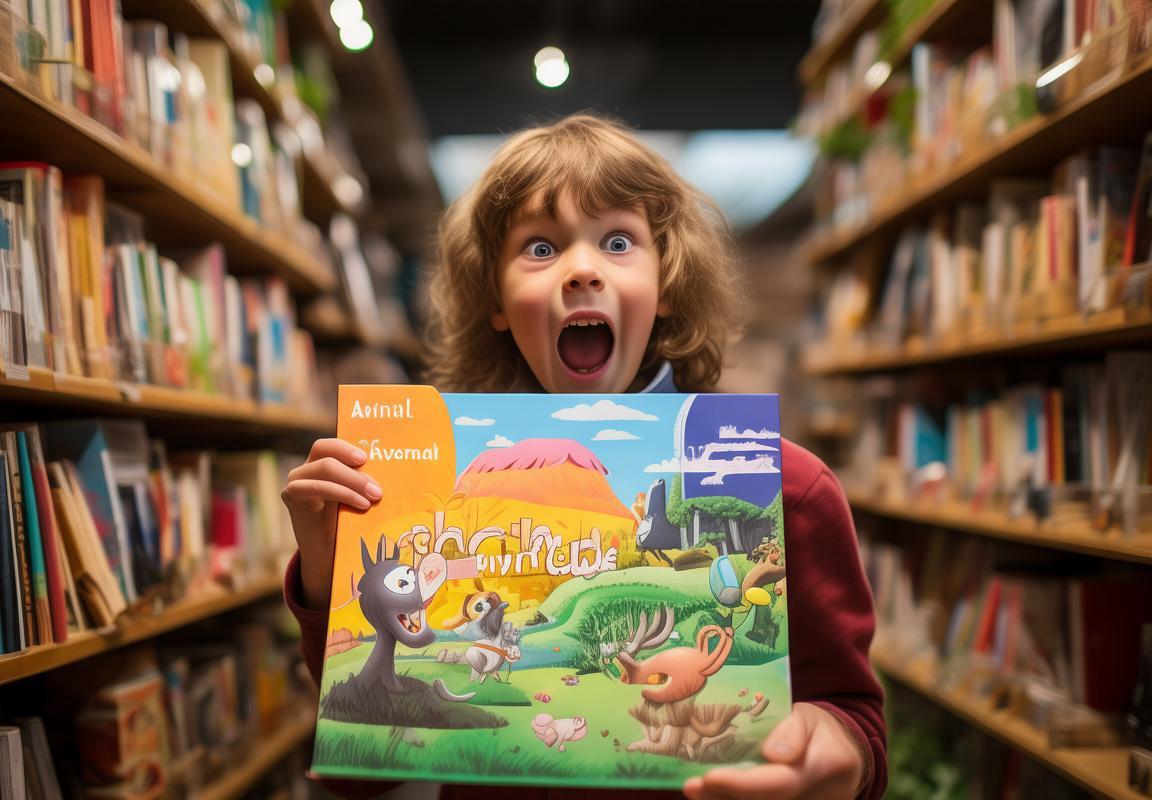
Yes, I want it! How much does it cost?
คนที่ 1: “Yes, you can have it! It’s a beautiful book about animals. Look at all the colorful pictures.”
คนที่ 2: “I love it! But how much does it cost?”
คนที่ 1: “Let’s ask the shopkeeper. ‘How much is this book, please?’”
คนที่ 2: “How much is it, shopkeeper?”
คนที่ 3 (the shopkeeper): “This book is 10 dollars.”
คนที่ 2: “Ten dollars? That’s a lot of money. Do you have 10 dollars?”
คนที่ 2: “Yes, I have 10 dollars. Can I pay for it now?”
คนที่ 1: “Of course! Give the money to the shopkeeper.”
คนที่ 2: “Thank you, shopkeeper. Here is my money.”
คนที่ 3 (the shopkeeper): “Thank you, little one. Here is your book.”
คนที่ 2: “Thank you! I can’t wait to read it. I’ll take it home and read it to my friends.”
คนที่ 1: “That’s wonderful! Reading is a great way to learn new things.”
คนที่ 2: “Yes, and I can show it to my family. They will be so happy for me.”
คนที่ 1: “You did a great job! You are a brave little reader.”
คนที่ 2: “Thank you! I’m going to read it now. It’s going to be a great adventure.”
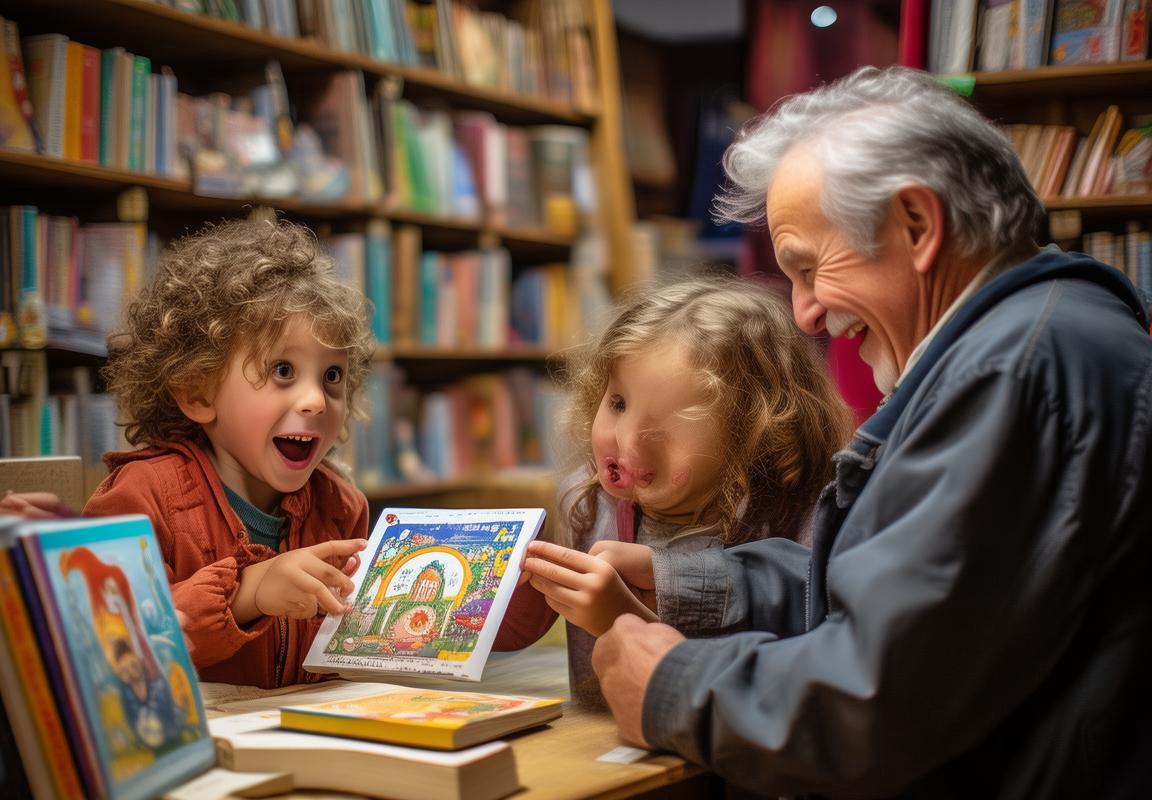
Let’s ask the shopkeeper. ‘How much is this book, please?
you want to buy this book?“Do It can be your own.”
- คนที่ 1: “Do you want to buy this book? It can be your own.”
- คนที่ 2: “Yes, I want it! It looks so beautiful and fun to read.”
- คนที่ 1: “Great! But we need to ask the shopkeeper how much it costs.”
- คนที่ 2: “How do we ask? Can you help me?”
- คนที่ 1: “Of course! We can say, ‘How much is this book, please?’”
- คนที่ 2: “Okay, I’ll try. ‘How much is this book, please?’”
- คนที่ 1: “Good! Now, the shopkeeper will tell us the price.”
- คนที่ 2: “The shopkeeper says it costs 10 dollars. Can I pay for it?”
- คนที่ 1: “Yes, you can. You have enough money?”
- คนที่ 2: “Yes, I have 10 dollars.”
- คนที่ 1: “Great! Now, let’s give the money to the shopkeeper.”
- คนที่ 2: “Here is my money. Can I have the book now?”
- คนที่ 1: “Of course! Here you go. Enjoy your new book.”
- คนที่ 2: “Thank you! I’m so happy. I’m going to read it now.”

ชำระเงิน
ระเงิน**
**ชำ- คนที่ 1: “So, the book costs 10 dollars. Do you have 10 dollars?”- คนที่ 2: “Yes, I have 10 dollars. Here you go.”- คนที่ 1: “Thank you. Now, let’s give the money to the shopkeeper.”- คนที่ 2: “Okay, here is the money. Can I have the book now?”- คนที่ 1: “Of course! Here is your book. Enjoy reading it!”- คนที่ 2: “Thank you so much! I love this book.”
ชำระเงิน ต่อไป
- คนที่ 1: “You did a great job buying the book. Now, let’s put the change back in your pocket.”
- คนที่ 2: “Okay, I’ll put the change in my pocket.”
- คนที่ 1: “Good! Now you have the book and your change. You did a fantastic job today.”
- คนที่ 2: “Yes, I had fun! Can we go to the bookstore again soon?”

The shopkeeper says it costs 10 dollars. Do you have 10 dollars?
- คนที่ 1: “Oh, yes, I have 10 dollars. I’ve been saving them for a long time.”
- คนที่ 2: “That’s great! Let’s go to the counter and give the money to the shopkeeper.”
- คนที่ 1: “Okay, here you go. This is the book I want.”
- คนที่ 2: “Thank you, I’ll take it to the counter. Enjoy your new book!”
- คนที่ 1: “You’re welcome. I’m so excited to read it. It’s going to be a wonderful adventure.”
- คนที่ 2: “Me too. I hope you enjoy it as much as I do.”
- คนที่ 1: “I’m sure I will. Now, let’s go back home and start reading.”
- คนที่ 2: “Alright, let’s go. I can’t wait to see what the book is about.”
- คนที่ 1: “Me neither. I hope it’s full of interesting stories and pictures.”
คนที่ 1 และ คนที่ 2 ก็เดินไปที่ตลาดหนังสือ และเริ่มอ่านหนังสือที่พวกเขาซื้อไป พวกเขารู้สึกดีและมีความยินดีที่สามารถซื้อหนังสือที่พวกเขาชื่นชอบ และที่จะมีโอกาสได้อ่านและเรียนรู้จากมัน

Yes, I have 10 dollars! I can buy it
Yes, I have10 dollars! I can buy it.
เมื่อเด็กเห็นหนังสือที่เขาชอบและรู้ว่ามันต้องการจ่ายเงิน ฝันของเขาก็เปิดตัวออกมาเรื่อยมาตั้งแต่ที่เขาเห็นมันครั้งแรกที่หน้าร้านหนังสือเลยแล้ว。เขาสนุกกับภาพเหล่านั้นและคิดว่าหนังสือนี้จะเป็นของเขาเองแท้จริงอย่างไร และเขาก็ตัดสินใจว่าเขาต้องการจ่ายเงินเพื่อมีหนังสือนี้ของตัวเอง。
“เข้าข้าว! ฉันมีเงิน 10 ดอลลาร์! ฉันสามารถซื้อมันได้” เขากล่าวกับดุลงตัวเด็กที่เฝ้าดูเขาซึ่งยังไม่เคยซื้อหนังสือเองก่อนนี้ และรู้สึกว่ามันเป็นสิ่งที่ยากยากสำหรับเขา แต่เขาก็มีหนังสือที่เขาชอบ
“แน่นอน! อย่างไรที่เขาจะจ่ายเงิน?” คนที่ 1 กล่าว
“อย่างง่ายๆ พอสังเปิดหน้าร้านหนังสือแล้ว แล้วเข้าไปขอ ‘How much is this book, please?’ ร้านหนังสือจะบอกค่าหนังสือนี้” คนที่ 2 กล่าว
“ฉันเข้าใจแล้ว! ฉันก็จะเข้าไปขอ” คนที่ 1 กล่าว
เด็กก็เข้าไปที่หน้าร้านหนังสือ และร้านหนังสือนั้นเปิดโดยทันที ซึ่งก็ทำให้เขารู้สึกว่าเขากำลังอยู่ในสถานที่ที่มีหนังสือมากมาย และเขาก็รู้สึกว่ามันน่าสนุก
“Good morning! How can I help you?” ผู้ขายหนังสือกล่าว
“Good morning! I would like to buy this book, please.” คนที่ 1 กล่าว และขอให้ผู้ขายหนังสือแสดงหนังสือที่เขาเลือก
“Here you go.” ผู้ขายหนังสือกล่าว และเขาได้แสดงหนังสือให้เขาดู
“Is this book 10 dollars?” คนที่ 1 กล่าว
“Yes, that’s right.” ผู้ขายหนังสือกล่าว
“Then I have enough money.” คนที่ 1 กล่าว และเขาได้แสดงเงิน 10 ดอลลาร์ ให้ผู้ขายหนังสือ
“Here you are.”

Great! Now, let’s give the money to the shopkeeper
ร้างเสนื้อหาเรียนรู้เกี่ยวกับอุปกรณ์การเรียนและการใช้งานของพวกมันในภาษาอังกฤษ
เราจะสร้างเนื้อหาเรียนรู้เกี่ยวกับอุปกรณ์การเรียนและการใช้งานของพวกมันในภาษาอังกฤษสำหรับเด็กอายุ 4-5 ปี โดยใช้วิธีการเรียนที่น่าสนุกและฟังกันง่ายต่อเด็กเล็กๆ ดังนี้:
- เรื่องราวสัตว์:
- บรรยายเกี่ยวกับตัวอักษรและอุปกรณ์การเรียนที่ใช้ในเรื่องราวสัตว์ เช่นหนังสือสัตว์ ตุ๊กตาสัตว์ และเปลวสัตว์ แล้วอธิบายถึงการใช้งานของแต่ละอุปกรณ์ในการเรียนเล่นเล็กๆ ของเด็ก。
- ภาพและคำ:
- แสดงภาพของอุปกรณ์การเรียนต่างๆ แล้วขอให้เด็กจำและอธิบายคำที่เกี่ยวข้องกับแต่ละอุปกรณ์ เช่น “book” สำหรับหนังสือ และ “pen” สำหรับตะบอนเขียน แล้วขอให้เด็กจับคู่ภาพกับคำที่เขียนอยู่ด้านละตัวอักษร。
- เกมลองกลอง:
- สร้างเกมลองกลองที่ให้เด็กเลื่อนแผงฝากเพื่อหาคำที่เขียนอยู่ด้านละอุปกรณ์ แล้วอธิบายถึงการใช้งานของอุปกรณ์นั้นในกระบวนการเรียนเรียงต่อเนื่องของเด็ก。
- การเล่นเล็กๆ:
- ให้เด็กเล่นเล็กๆ ที่เกี่ยวข้องกับอุปกรณ์การเรียน เช่นเล่นเกมต้นขัน หรือเล่นต้นตามทางที่มีอุปกรณ์การเรียนต่างๆ แสดงออก
- การแสดง:
- ให้เด็กแสดงที่ได้เรียนรู้แล้วโดยใช้อุปกรณ์การเรียนในการแสดงเล็กๆ หรือการกล่าวคำที่เรียนรู้ไปให้ครอบครัวฟัง
ด้วยวิธีการเรียนที่น่าสนุกและฟังกันง่ายต่อเด็กเล็กๆ
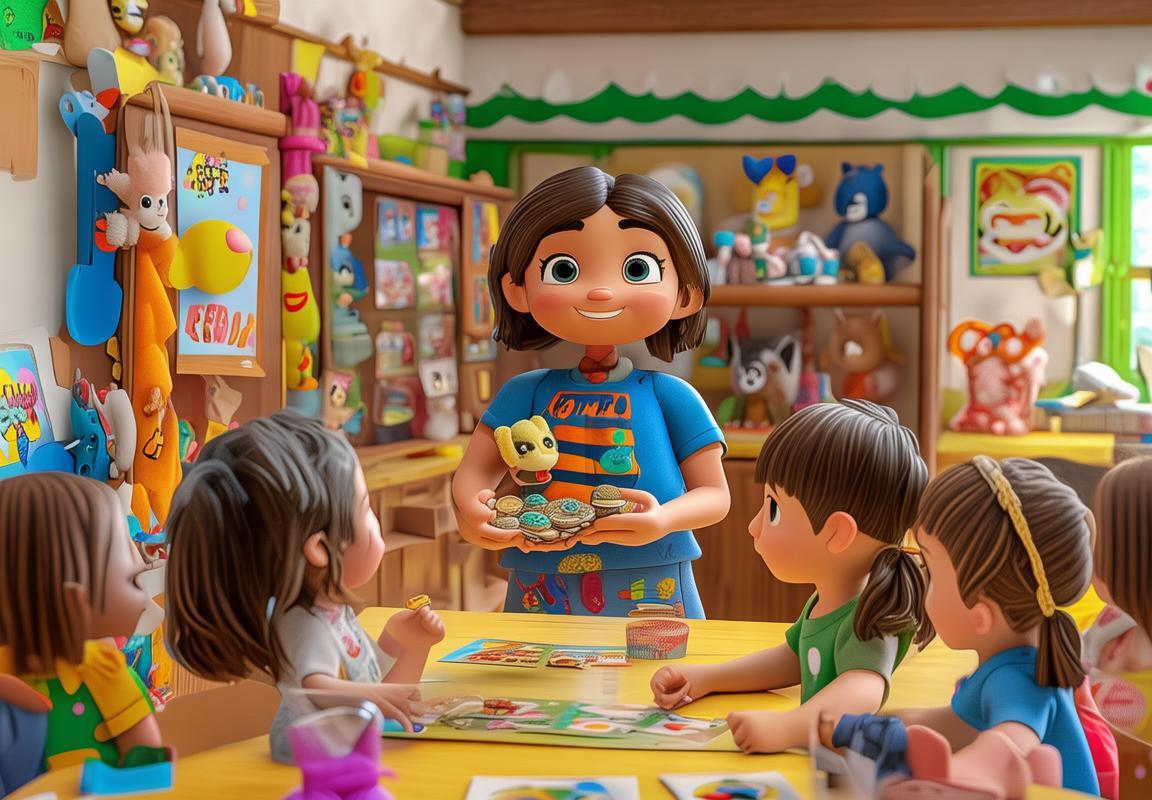
ได้หนังสือ
สวัสดีครับ! อิ่มเรียกดาวหนังสือมาแล้วครับ ฉันรู้ที่มีหนังสือที่เรียกได้หลายหนึ่ง มีหนังสือเกี่ยวกับสัตว์ครับ และมีหนังสือเกี่ยวกับสิ่งแวดล้อมครับ ฉันคิดว่าหนังสือนี้ดีมาก จะให้เหลือกันได้หรือไม่? แล้วเราจะไปชมหนังสือมากกว่านี้ด้วยกันครับ จะเจอหนังสือที่เรียกได้หรือไม่?

Here you go! Enjoy your new book
ดีครับ!สวัสทายาทรักของคุณได้หนังสือแล้วครับ! อย่างไรดีที่คุณสนิทสนมอย่างมาก คุณจะได้หนังสือของตัวเองแล้วครับ คุณจะอยากอ่านมันไหม? อ่านมันได้สวยและน่าสนุกแน่ คุณสามารถนำมันไปอ่านที่เต็มตั้งได้เลยครับ ทันทีที่คุณเสร็จการอ่านแล้ว คุณสามารถแนะนำให้เพื่อนๆ มาอ่านด้วยครับ ทำนองได้สวยและน่าสนุกที่คุณมีหนังสือของตัวเองเลยครับ!

Thank you! I’m so happy. I’m going to read it now
! I’m so happy. I’m going to read it now.Thank you
- คนที่ 1: “Thank you! I’m so happy. I’m going to read it now.”
- คนที่ 2: “That’s wonderful! Reading is a great way to learn new things.”
- คนที่ 1: “Yes, and it’s also fun to imagine the stories inside the book.”
- คนที่ 2: “I can’t wait to hear about your adventure with the book!”
- คนที่ 1: “Me too! Let’s start reading and see what happens.”

That’s the spirit! Reading is a wonderful thing
ับเด็กทสำหรี่เรียนภาษาอังกฤษเพื่อไปเที่ยวต่างประเทศ นี่เป็นทางเลือกที่น่าจะสนใจสำหรับพวกเด็กที่ต้องการเรียนภาษาเพื่อประสบกับโลกแห่งนี้ในระดับที่น้อยกว่าเด็กที่เรียนเพื่อใช้ในการสื่อสารประจำตัวเอง การเรียนภาษาเพื่อไปเที่ยวต่างประเทศมีหลายโอกาสที่ทำให้เด็กสามารถสร้างความรู้และความสนใจต่อโลกที่เป็นที่แตกต่างจากเลขาศรรมและหลายโอกาสที่ทำให้เด็กสามารถประสบกับประเทศและวัฒนธรรมต่างๆ ดังนั้น การเรียนภาษาเพื่อไปเที่ยวต่างประเทศนั้นไม่เพียงแค่การเรียนภาษาแต่เป็นการเรียนเพื่อหาสันติภาพและรู้และสนใจโลกดังนี้:
-
การเรียนภาษาเพื่อการเดินทาง: การเรียนภาษาเพื่อไปเที่ยวต่างประเทศมีข้อดีต่อเด็กเมื่อมีโอกาสเดินทางและประสบกับประเทศและวัฒนธรรมต่างๆ ดังนั้น การเรียนภาษาจึงกลายเป็นส่วนหนึ่งของโอกาสที่ทำให้เด็กสามารถประสบกับโลกที่เป็นที่แตกต่างจากที่เขาเคยอยู่แล้ว。
-
การสร้างความรู้และความสนใจ: การเรียนภาษาเพื่อไปเที่ยวต่างประเทศสามารถช่วยเด็กสร้างความรู้และความสนใจต่อโลกและประเทศต่างๆ ดังนั้น การเรียนภาษาจึงกลายเป็นส่วนหนึ่งของโอกาสที่ทำให้เด็กสามารถรู้และสนใจโลกที่เป็นที่แตกต่างจากที่เขาเคยอยู่แล้ว。
-
การสร้างโอกาสสำหรับการประสบกับประเทศและวัฒนธรรมต่างๆ: การเรียนภาษาเพื่อไปเที่ยวต่างประเทศสา
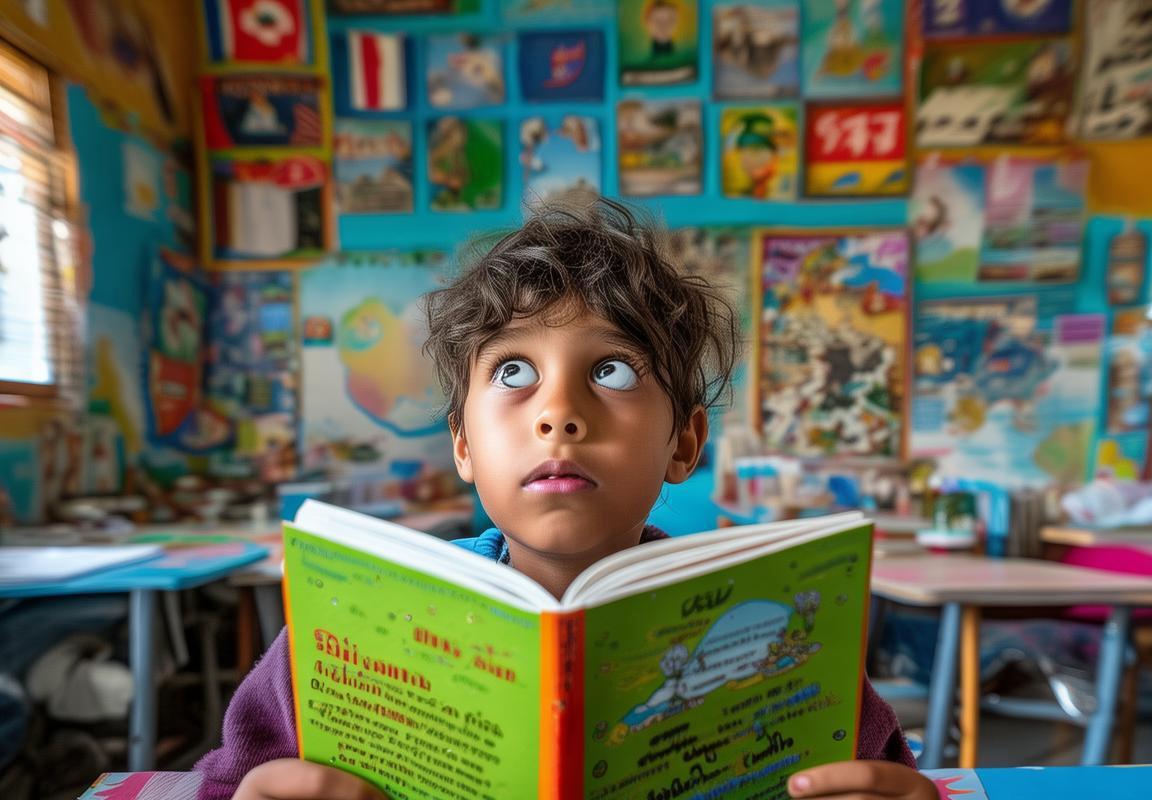
สรุป
ขอบคุณ! ฉันมีความยินดีมาก. ฉันจะอ่านเล่มนี้ตอนนี้.**

Today, we learned how to buy books at the bookstore. We talked about what a bookstore is, how to find books we like, and how to pay for them
** “เราเรียนว่า หนังสือแห่งนี้มีราคาเท่าไหร่ และเรามีเงินมากพอที่จะซื้อมัน”
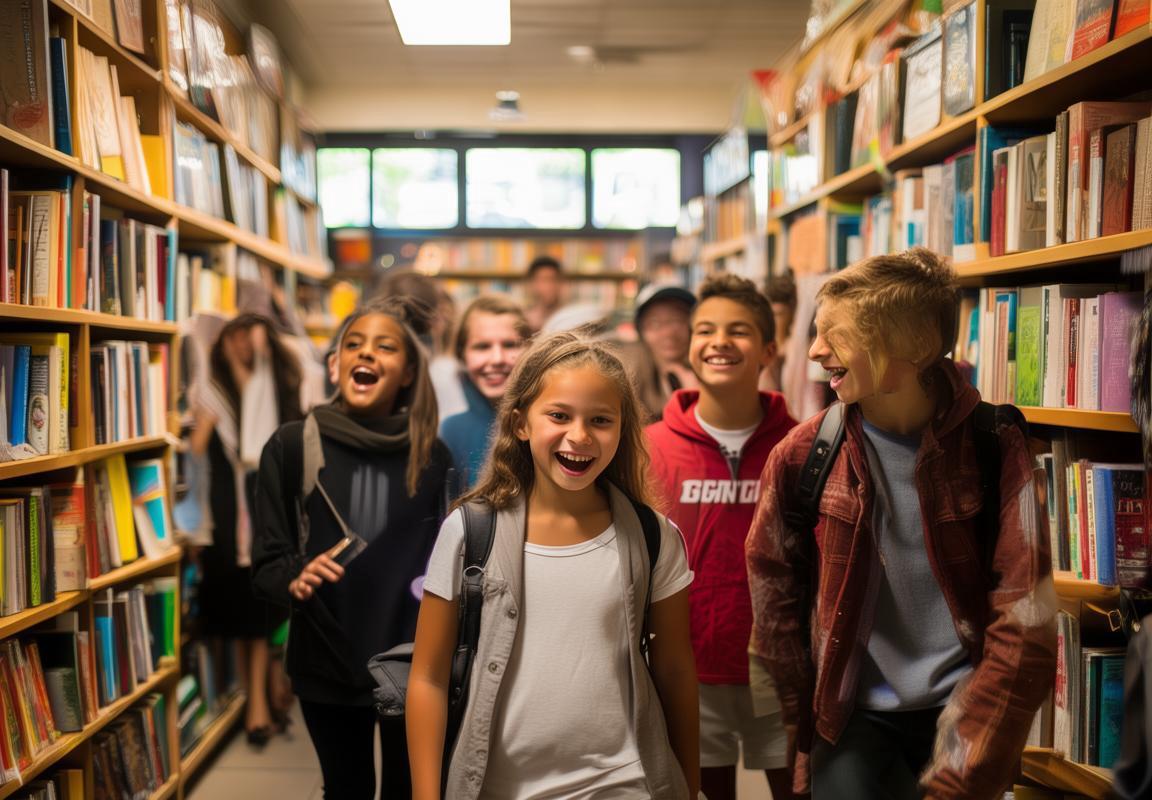
It was fun! I can’t wait to go to the bookstore again
อายุ**

Me too! Let’s keep learning new things
** “เราทั้งคู่รักการเรียน และเราจะก้าวหน้าในการเรียนรู้สิ่งใหม่ต่อไป”
